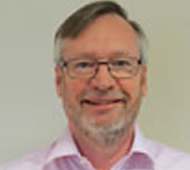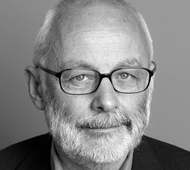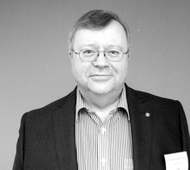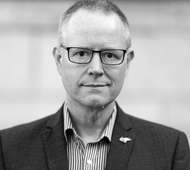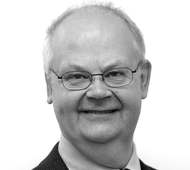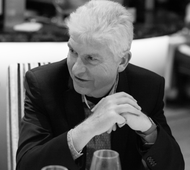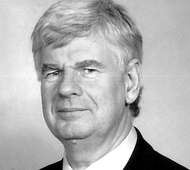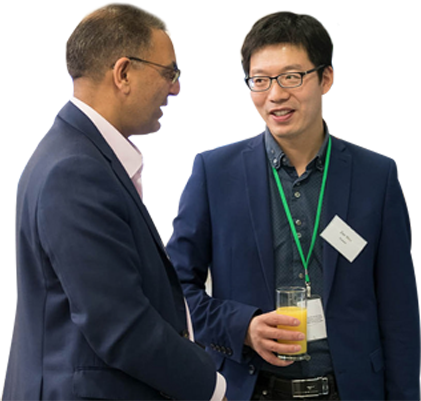Accurate timing is needed in all telecommunication networks both in and between the core network and radio access layer and is critical to the management of end to end delay and delay variability and cell to cell and network to network interference.
The telecommunications industry has become progressively more dependent on accurate time, frequency and phase references with ETSI producing synchronisation standards specifying increasingly stringent requirements for jitter and wander at synchronisation interfaces, for clock accuracy and stability and synchronisation network architecture.
These distributed timing architectures are supplemented by GPS and GNSS based time references but GPS receivers are vulnerable to hardware failure, software errors, deliberate and accidental jamming and signal blocking in indoor and urban canyon applications. On January 26th 2016, software uploaded to the GPS constellation caused a 13 microsecond error in the GPS universal timing message highlighting the vulnerability of telecommunication networks to timing errors.
Legacy cellular networks such as GSM have relatively straight forward timing and synchronization requirements with frequency synchronization provided via asynchronous Ethernet backhaul using the IEEE 1588 Precision timing protocol and or synchronous Ethernet (Sync E). This meets the frequency synchronization requirements of GSM, HSPA and LTE FDD but cannot be used as a phase or time reference. The time and phase reference of LTE TDD and LTE Advanced has to be traceable back to Coordinated Universal Time (UTC). This is defined by the ITU standard ITU-T G.8272 and needs to compensate for variable delay introduced by router hardware and routing flexibility.
In 4G mobile broadband, localised and large scale time coordination is made more complex by the need to manage interference through mechanisms such as Intercell Interference Coordination (ICIC) and to manage link budgets through mechanisms such as Coordinated MultiPoint (CoMP) transmission. TDD requires additional time and phase coordination.
For 5G, safety critical applications in automotive intelligent transport systems, energy grid applications, e-health applications and factory of the future requirements specify end to end latency of less than 5 milliseconds and packet loss thresholds equal to or lower than 10-5.
This will require a new generation of big atomic clocks. In parallel, miniature super accurate quantum clocks will help reduce the vulnerabilities associated with GPS based timing systems and improve the management of delay and delay variability and cell to cell and network to network interference in the radio access network. Other options for improving resilience include the repurposing of legacy positioning, location and timing systems, for example the updating of the Loran system (e-loran.)
In this heritage event we review how clock technology has evolved and how lessons learnt over many centuries of clock making have provided the basis for timing in modern day telecommunication networks.
The session will start with a visit to the Clockmakers Museum and the Wells Cathedral Clock - the world’ second oldest working clock. Delegates will then listen to three presentations in the Dana Centre Conference room followed by drinks, a short film on the speaking clock and the session will conclude with a networking drinks session.
About the Clockmakers Gallery
The Clockmakers Gallery includes more than 1000 watches, 80 clocks, 25 marine chronometers and a number of fine sundials and examples of hand engraving, mapping the history of innovation in watch and clock making in London from 1600 to the present day.
Assembled by the Worshipful Company of Clockmakers and once located in the Guildhall, this remarkable array of timepieces traces the story of the capital’s clockmakers—from their first marine chronometers and mechanical clocks through the evolution of the wristwatch.
John Harrison was the inventor of the marine chronometer. Among the collection’s highlights are the fifth chronometer he made, which he completed in 1770, and a four-month duration longcase clock by the father of English watchmaking, Thomas Tompion.
You can follow @CambWireless on Twitter and tweet about this event using #CWHeritage.
